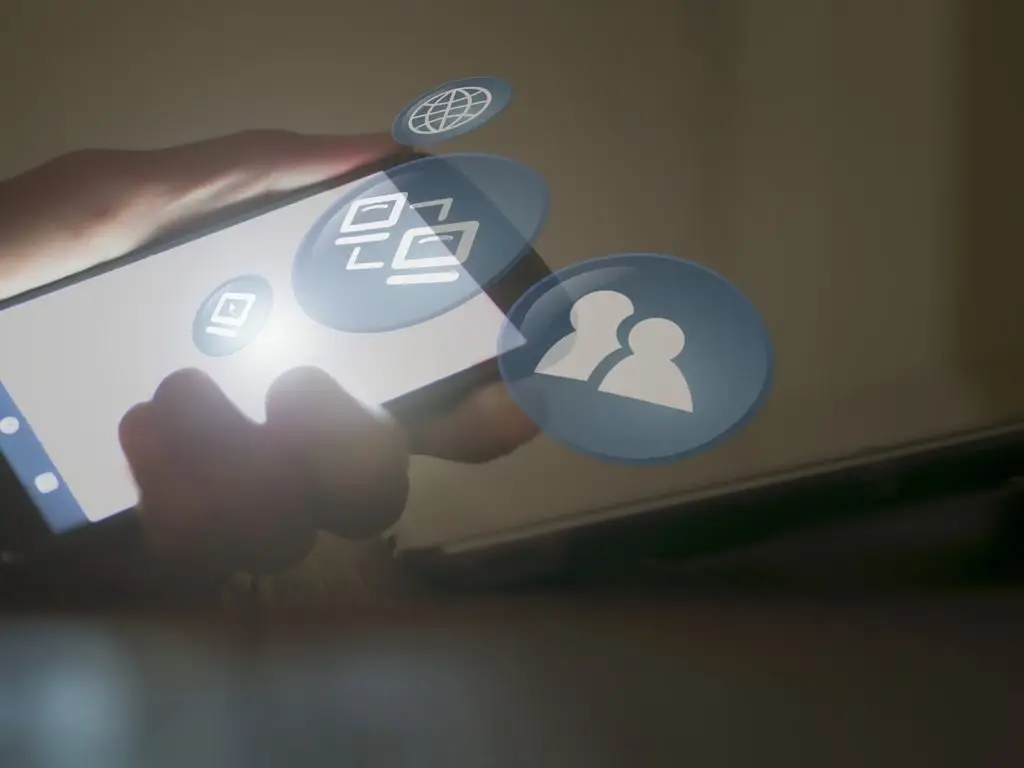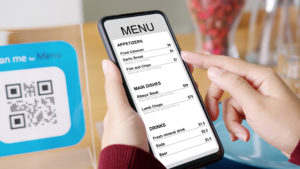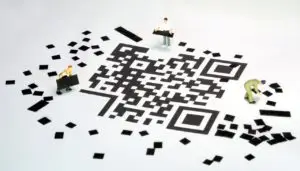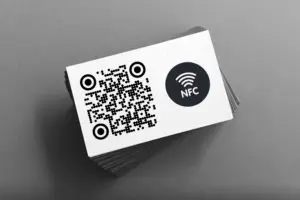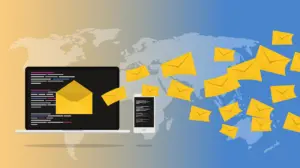In today’s digital QR code age, traditional business cards are being replaced by innovative solutions that offer more flexibility and convenience. Digital business cards, along with minisites and landing pages, are revolutionizing the way professionals showcase their information and connect with potential clients. The ability to provide more information to someone than can fit on a small business card is a fun and informative way to get to know people. There are a variety of ways you can create these digital business cards and link to them with QR codes.
I’ve created this page to help clear up some questions you may have about the options that are available if you’re looking to make a QR code business card or something similar. Hopefully this will save some of you money and/or a headache.
5 Ways to create digital business cards, landing pages, and minisites:
- Add bio pages to your existing website or company website
- Link to an existing profile on a social media platform like LinkedIn
- Create a QR code (v-card) that embeds your contact details directly into it without the use of additional web pages
- Use a third party provider that specializes in business card style landing pages
- Use a third party Dynamic QR code provider that has landing page options built in
1. Add bio pages to your existing website or company website
Pros:
- If you have the ability to add a profile/bio page to an existing website it helps drive traffic to the website directly for a broader view of the company.
- It typically has analytics built in to the site already.
- The website probably already has contact forms.
- No additional cost since you already pay for the website.
- You can create a QR code using a free Generator like ours which is completely independent of other service providers so there’s never a cost and it will never expire.
Cons:
- If you leave the company then the QR code will still go to that company’s website.
- If you don’t have access to the website then you probably need to work with a developer to make the page, which could be inconvenient.
2. Link to an existing profile on a social media platform like LinkedIn
Pros:
- It’s your profile so it will never expire.
- It’s free to have a social media profile.
- Like option #1 you can create a free QR code that goes to the profile page and it will never expire.
Cons:
- You may not want to link people to your social media profile.
- There are limitations with what you can or want to put on the page. For example, I don’t recommend publicly posting your mobile phone number for the world to see. It opens you up to spam.
- Tracking is limited to what the platform provides if any.
- Contact you through social media may feel awkward for some people. And you may not like being contacted this way.
3. Create a QR code (v-card) that embeds your contact details directly into it without the use of additional web pages
Pros:
- Completely free when created with a generator like ours.
- Never expires. Will always work.
- Very simple and easy to create.
- Is text based and not overwhelming for the scanner to look at.
Cons:
- This isn’t a web landing page and cannot include videos and images or other rich media.
- It is not dynamic meaning you cannot change it. Once the QR code is generated the text that is in it is what it is forever.
4. Use a third party provider that specializes in business card style landing pages
Pros:
- Convenient to create.
- Lots of tools available to look professional.
- Takes the guess work out of what to include in your page.
- Typically includes analytics to track activity.
Cons:
- You’re stuck with the company for as long as you have the landing page.
- Monthly fees.
- You’re dependent on someone else for service. If they go out of business or decide to show ads on your profile page then there isn’t really anything you can do.
5. Use a third party Dynamic QR code provider that has landing pages options built in
Pros:
- You an change your information at any time. It’s easy to update information that changes like employers or contact info.
- You can typically redirect the QR code to a different page.
- Usually Analytics is included.
Cons:
- Same cons as the third party provider that specializes in Landing Pages.
- You’re stuck, Monthly Fees, Dependent on someone else’s service.
What’s the difference between #4 and #5?
Well, #4 3rd party providers that specialize in business card style landing pages only make the landing pages. Pretty much a very small templated website. Whereas #5 3rd party dynamic QR code providers may have a landing page option, but likely have a bunch of other options as well where you can change what the QR code does. Say for example you want a landing page on Monday, a link to email on Tuesday, and a special promotion or menu on Wednesday you should be able to change what that single QR code does. However, keep in mind not all providers are the same.
I know that’s a lot to absorb. Ultimately there are several effective ways to create digital business cards, landing pages, and minisites that can enhance your online presence and make it easier for others to connect with you. One option is to add bio pages to your existing website or company website, allowing visitors to learn more about you and your team directly on your own platform. Another approach is to provide a link to your existing profile on a social media platform like LinkedIn, where you can showcase your professional achievements and connect with other professionals. Additionally, using QR codes can be a convenient solution, either by embedding your contact details directly into the code or by using third-party providers that specialize in creating business card-style landing pages or offer built-in landing page features. Ultimately, the choice of which method to use depends on your specific needs and preferences, but these options provide a range of choices to help you create a strong digital presence that effectively represents your personal or professional brand.

